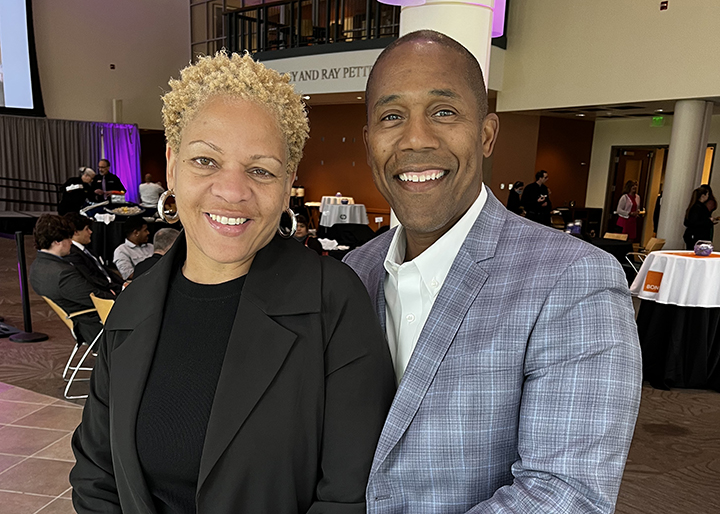Having an Impact
When “Nothing But The Best” in Life Will Do When David Offutt describes his experience in real estate, it immediately becomes clear that the two-decades-plus veteran of the industry is not just experiencing a great deal of success; he is having a great deal of fun. “I love what I do,” he explained. “I know that every day I’m going to find an opportunity where I am going to impact
Read More












